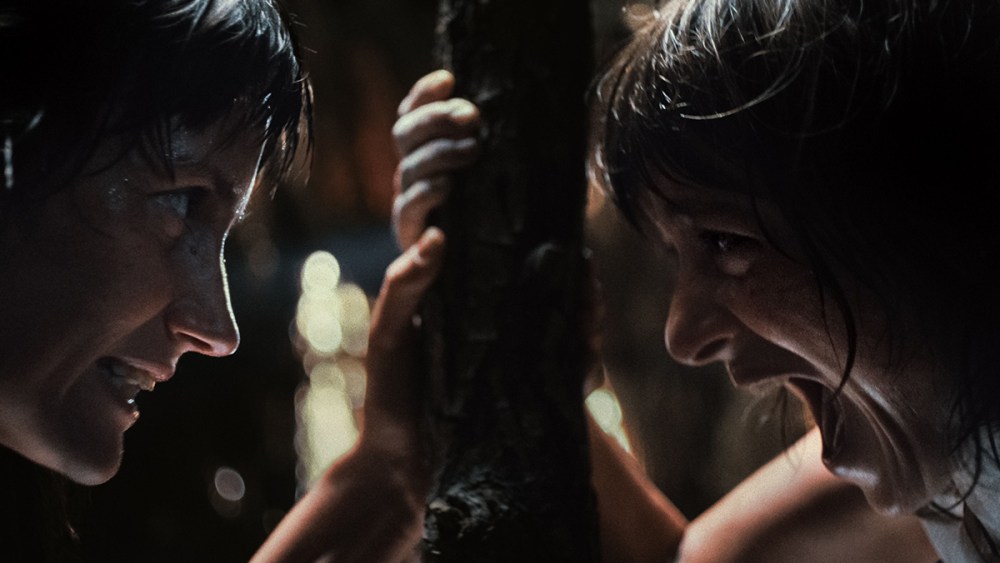Mads Hedegaard On ‘Stranger,’ Göteborg’s Closing Film
Danish director Mads Hedegaard had to invent new languages for the Stone Age epic “Stranger.”
“I have a background in documentaries [‘Cannon Arm and the Arcade Quest’], so it had to feel real to the audience. I was like: ‘We’re not going to buy it if the actors talk in Danish or English,’” he explained to Variety before the film’s world-premiere at Sweden’s Goteborg, where it is the festival’s closing film.
“There was a guy I knew; he has a PhD in Proto-Indo-European languages. But even those are 2,000 years older than those in our story. We asked him: ‘Can you come up with new ones?’ Tobias [Søborg] took an old Siberian tribal language and merged it with ancient Mayan. Then he did the same thing again, this time using dialects from the area around Turkey. We had a dictionary and a set of grammatical rules. Poor actors. They had to learn so much more than just their lines,” he recalled.
“Later, Tobias was also on set, helping with the pronunciations. I think that might have been the single hardest part of making the whole thing work, but we were in it together. It was so amazing to watch it finally come to life.”
Angela Bundalovic, Danica Curcic, Benjamin Ahnstrøm Sharifzadeh, Mari Kiss and Sandor Funtek feature in the action-packed story set around 4,000 BC. In it, young Aathi and her family decide to explore southern Scandinavia: they are the first farmers to settle in the area. But when a hunter tribe attacks them, Aathi joins them to survive.
“When we think about the Stone Age, we think about warriors. Her story is more human: it’s not just about fighting and going to war. It’s also about society and passing things on.”
Produced by Andreas Hjortdal, it’s sold by REinvent International Sales, which has shred in excluisvity a poster with Variety.
Hedegaard and his team talked about Mel Gibson’s “Apocalypto” and “The Revenant,” but soon they realized they were entering unknown land – just like their protagonists.

Stranger
Courtesy of REinvent
“There aren’t that many films set in the Stone Age. We had to come up with everything ourselves. There was a lot of research involved. We talked to prehistoric experts about the most basic things: ‘How did their axe and clothes look? How did they build their houses?”
Despite chasing authenticity, the world he’s showing, with its raging fires and people who are afraid of “the others,” of change and of progress, looks surprisingly – and sadly – familiar.
“We think that people in the Stone Age lived in caves and went around with their clubs, that’s about it. That they were ‘animalistic.’ But they had notions of jealousy and hate, all these things we know only too well, and were just as modern as we’re today, except for our technology. Some say that Egypt or Ancient Greece were the cradles of civilization – I would argue it was that time. This is where it all started. The idea of ownership, of land, everything our society is based on,” he noted.
“So did climate change, you could argue, as people started cutting down trees and burning forests to make room for their growing fields. It’s a story that goes around in circles. It started back then but it’s basically the same. We haven’t become any wiser.”
As a director, Hedegaard has never been on a “real” set before, he joked.
“You come from a documentary and suddenly you are standing in a Hungarian forest, managing a crew of 100 people. It was quite challenging, but we were trying something new: How fun is that?”
Still, despite the scale, the story always comes first.
“I love world-building. I would love to do it again, but yes, it always comes down to the story. To me, ‘Stranger’ is basically about people meeting people. We can do it with respect, or we can do it with prejudice. I don’t want to pretend I know what’s right and what’s wrong, but hopefully this film can make us think about it.”

Stranger
Courtesy of REinvent


